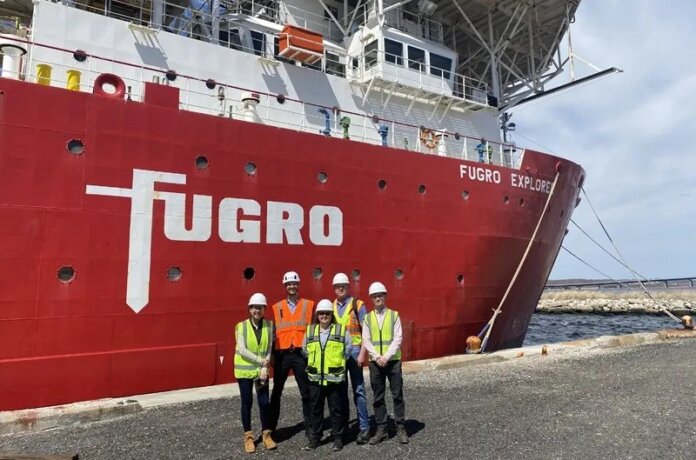SouthCoast Wind says it will initiate a geotechnical site survey this month and a geophysical site investigation later this spring at its offshore lease area (OCS-A 0521), located in the Atlantic outer continental shelf.
The project’s wind turbines, inter-array cables and offshore electric substation(s) will be located in the lease area, the developer says. The survey work will study seabed conditions and provide details on the soil conditions for the wind turbine and offshore substation platform foundations. Borehole samples will be collected utilizing technology that helps to minimize disturbances to the seabed.
“Kicking off this year’s survey work is an important activity for our project,” says Jennifer Flood, permitting director for SouthCoast Wind. “The site-specific technical data collected will enable us to advance engineering and design solutions for the project while minimizing environmental effects within the lease area.”
SouthCoast Wind has been conducting surveys in the wind lease area since 2019, and this work represents the project’s fourth geotechnical campaign. Previous surveys have found favorable conditions for operating safely and sustainably in the lease area.
Fugro, a global leader in geo-data for energy and infrastructure industries, is conducting the geotechnical survey utilizing the Fugro Explorer vessel.
The lease area for SouthCoast Wind, a 50/50 joint venture between Shell New Energies US LLC and Ocean Winds North America, has the potential to supply 2.4 GW of offshore wind power.





Note that no part of this project will be devleoped in RI state waters.
After World War I and II, the US disposed of massive quantities of captured, damaged, and obsolete chemical warfare (CW) material by dumping them into the ocean of Massachusetts. The material consisted either of munitions containing chemicals, artillery shells, mortar rounds, or aerial bombs. In addition in the 1950s nuclear waste or chemicals were stored in large metal containers or encased in concrete. Most of the waste came from the Hingham base after WW II.